Alien objects: Reuven Israel displays his new sculptures at Shulamit Nazarian
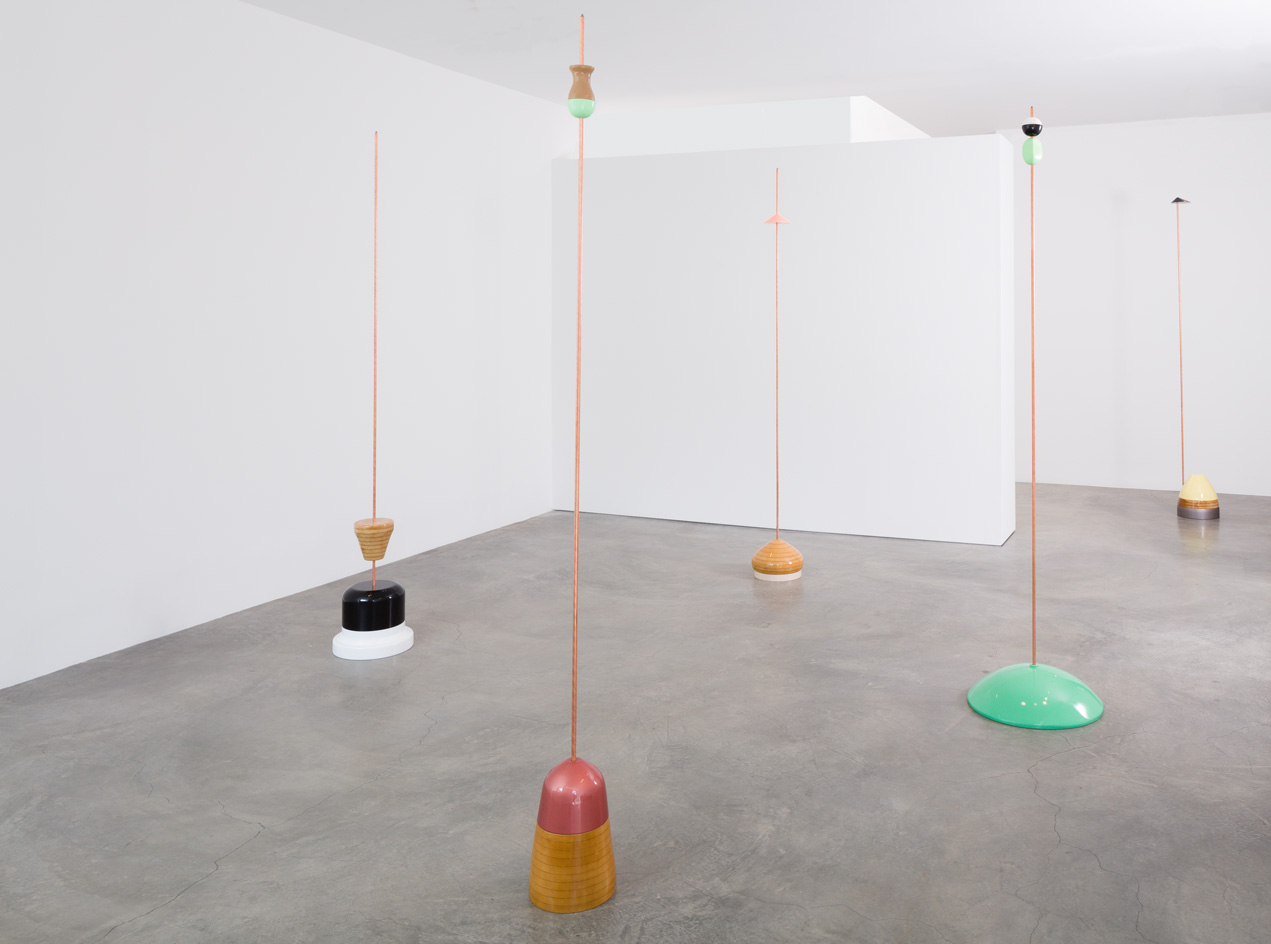
There’s something that doesn’t quite add up in Reuven Israel’s work. Stepping around his new sculptures – now showing at Shulamit Nazarian, Los Angeles, it’s as if you’ve seen them somewhere before. The works look back at you almost as inquiringly as you try to figure them out.
The Jerusalem-born, long-time Brooklyn-dwelling Israel has looked to many different areas for inspiration for his first solo appearance in the city, such as, 'various forms of spacecrafts, antennas, and ritualised structures and objects of the past – temples, pottery, instruments and weapons.' It’s not the form of those things that is recognisable in the work, though. 'Often, when I work on sculptures I’m not thinking of specific places, objects, or events, but rather their implied cultural meanings,' the artist explains, as he unveiled the exhibition, titled 'As Above, So Below'.
To get too much into his specific references would spoil the fun, but he does reveal that Arkady and Boris Strugatsky’s 1971 sci-fi novel, Roadside Picnic, an account of events after a visit by extraterrestrials that is only discovered thanks to the objects they left behind, was on his mind. 'I like for my sculptures to be encountered as autonomous objects, without being linked to a known source. I want them to hint to a utilitarian function, but one that is not specific or decoded,' Israel says. It explains the eerie familiarity his works have. 'Like the objects left by the aliens, with my sculptures the viewer is left to "reverse engineer" the object's implied purpose through form and geometry, all while its unhinged from a specific context.'
This is reflected in the way his sculptures are made, too. Though their polished surfaces appear to be industrially fabricated, with their mass-produced precision, they are in fact totally built by hand, using MDF that Israel cuts, glues, sands and shapes, before embarking on a process of coating with different layers of paints and lacquer, until he achieves their deceptive glossy finish. 'This creates a near perfect surface, which imitates the look of plastic, metal or porcelain.' When his labour intensive process is done, Israel looks forward to standing back and watching the audience react as they try to unravel what’s in front of them – much like the scientists before the alien ephemera in the Strugatskys’ book. 'I want the physicality of the individual pieces to deceive the viewer,' says Israel.
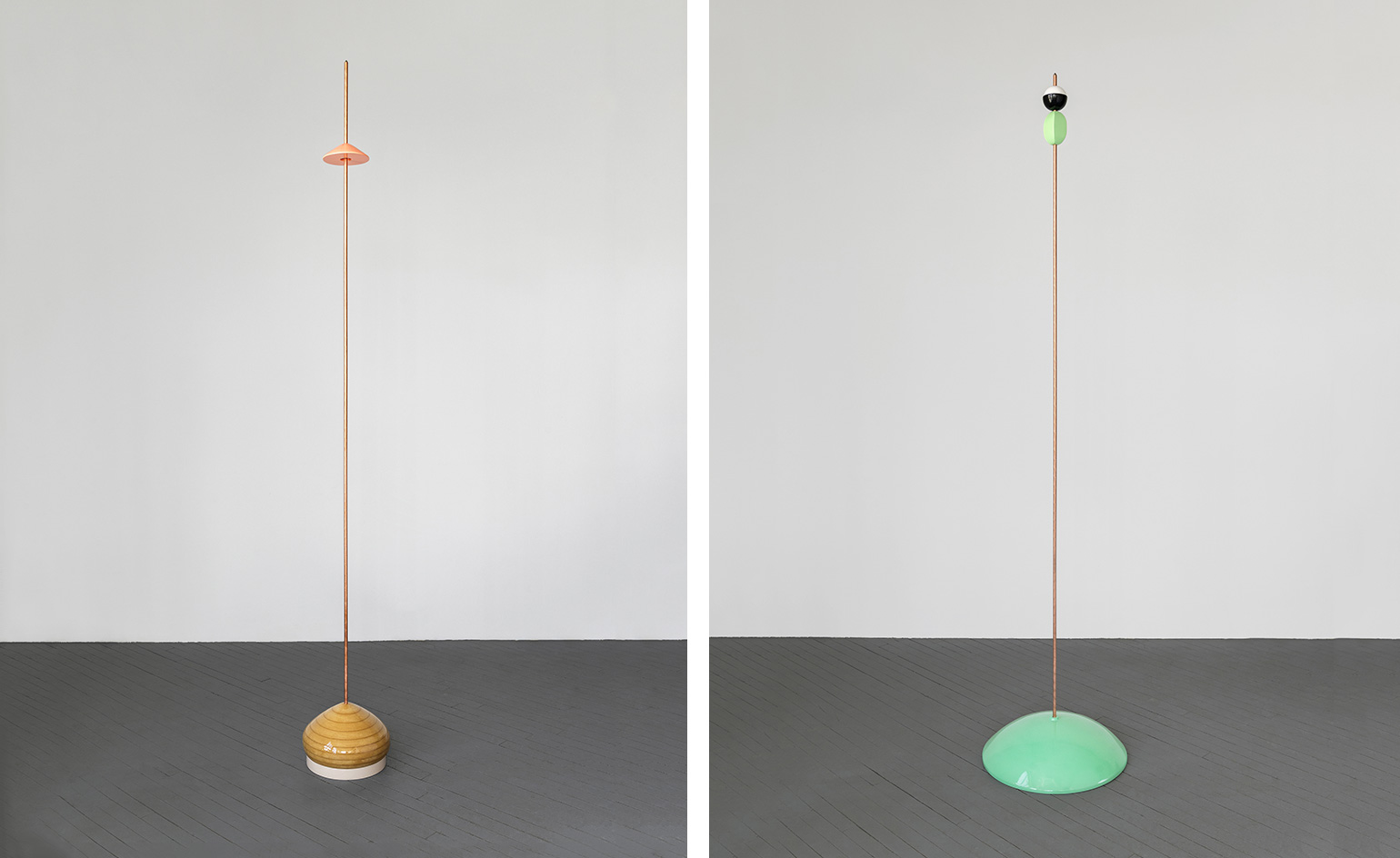
Israel has looked to many different areas for inspiration for his first solo appearance in the city, such as, 'various forms of spacecrafts, antennas, and ritualised structures and objects of the past – temples, pottery, instruments and weapons.' Pictured: At First Blush and Green

Israel revealed that Arkady and Boris Strugatsky’s 1971 sci-fi novel, Roadside Picnic, an account of events after a visit by extraterrestrials that is only discovered thanks to the objects they left behind, was on his mind. Pictured: Installation view
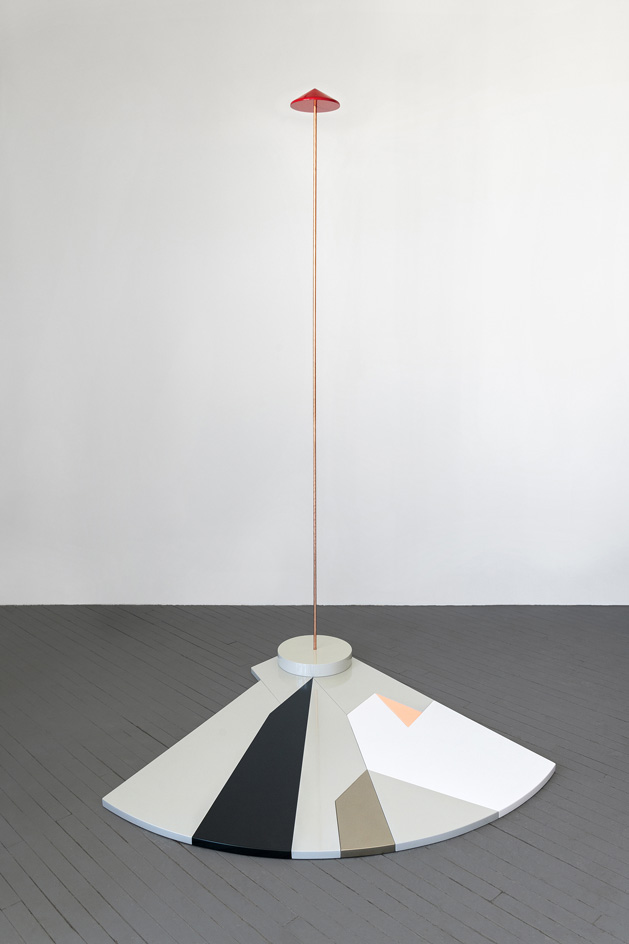
'Like the objects left by the aliens, with my sculptures the viewer is left to "reverse engineer" the object's implied purpose through form and geometry, all while its unhinged from a specific context,' says Israel. Pictured: White Collar
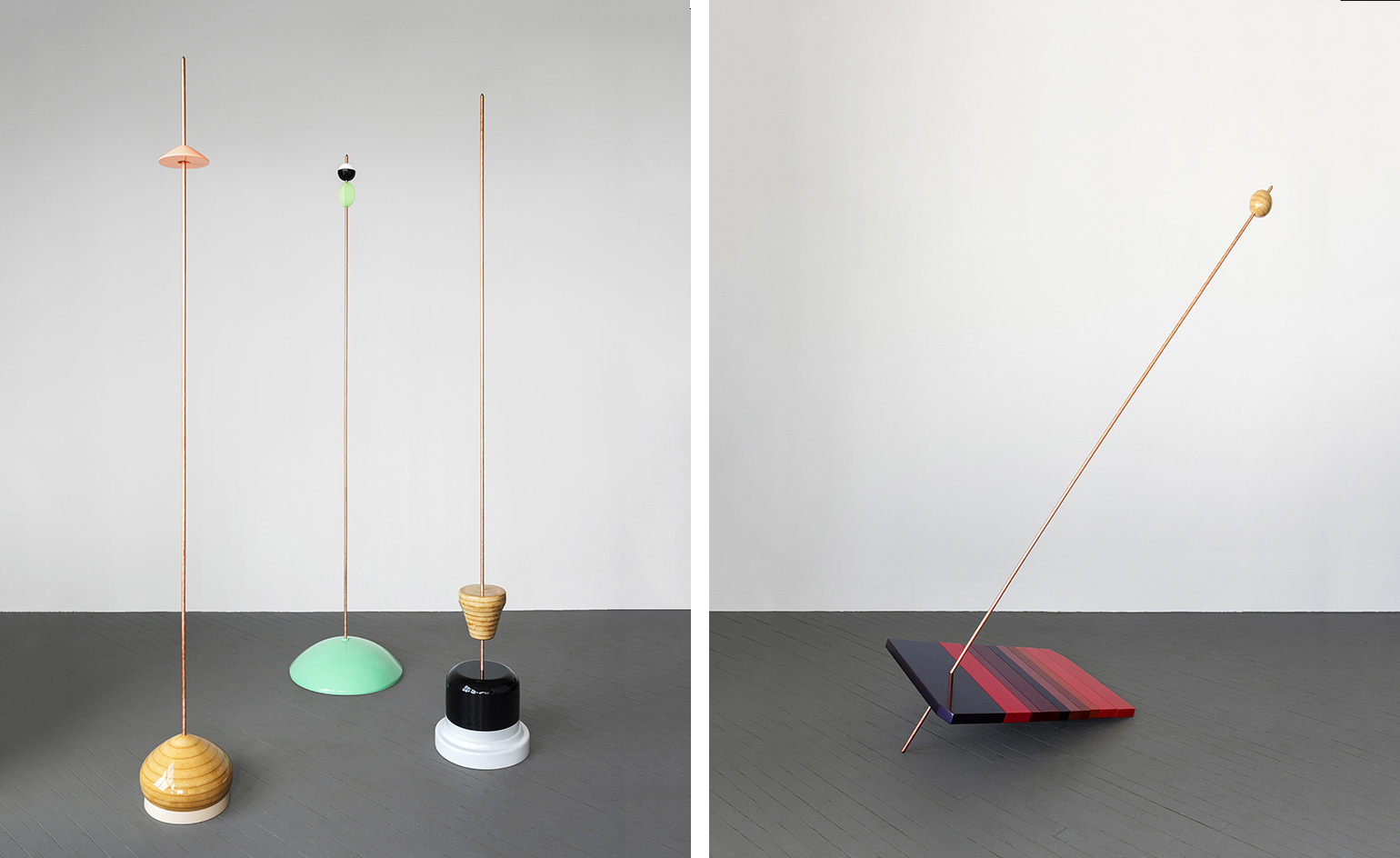
Israel's sculptures are in fact totally built by hand, using MDF that Israel cuts, glues, sands and shapes, before embarking on a process of coating with different layers of paints and lacquer, until he achieves their deceptive glossy finish. Pictured: Group and Red Neck
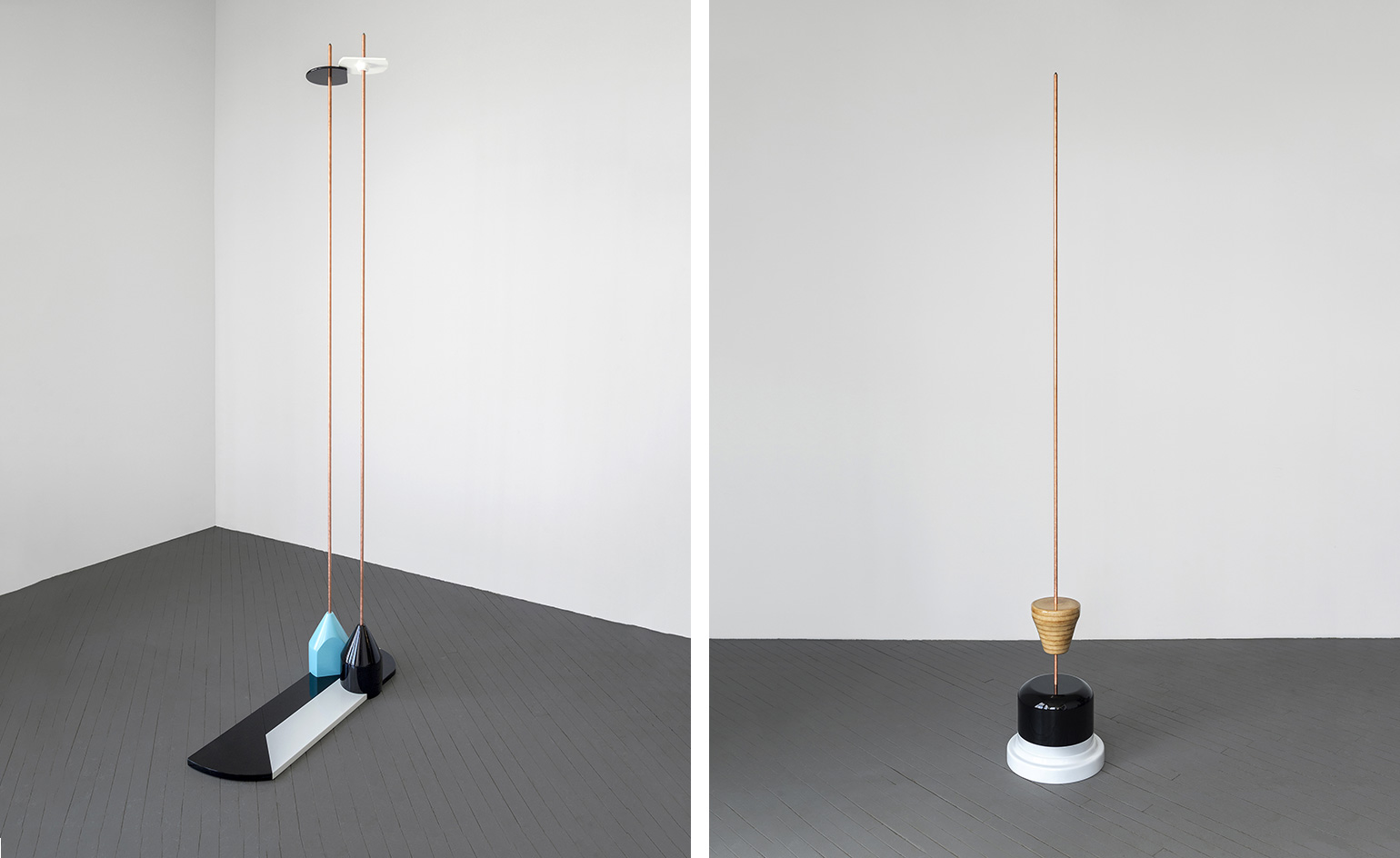
'I want the physicality of the individual pieces to deceive the viewer,' says Israel. Pictured: Black and Blue (left) and Blackout (right)
INFORMATION
'As Above, So Below' is on view until 28 October. For more information, visit the Shulamit Nazarian website
ADDRESS
17 N Venice Blvd, Venice, CA 90291
Receive our daily digest of inspiration, escapism and design stories from around the world direct to your inbox.
Charlotte Jansen is a journalist and the author of two books on photography, Girl on Girl (2017) and Photography Now (2021). She is commissioning editor at Elephant magazine and has written on contemporary art and culture for The Guardian, the Financial Times, ELLE, the British Journal of Photography, Frieze and Artsy. Jansen is also presenter of Dior Talks podcast series, The Female Gaze.
-
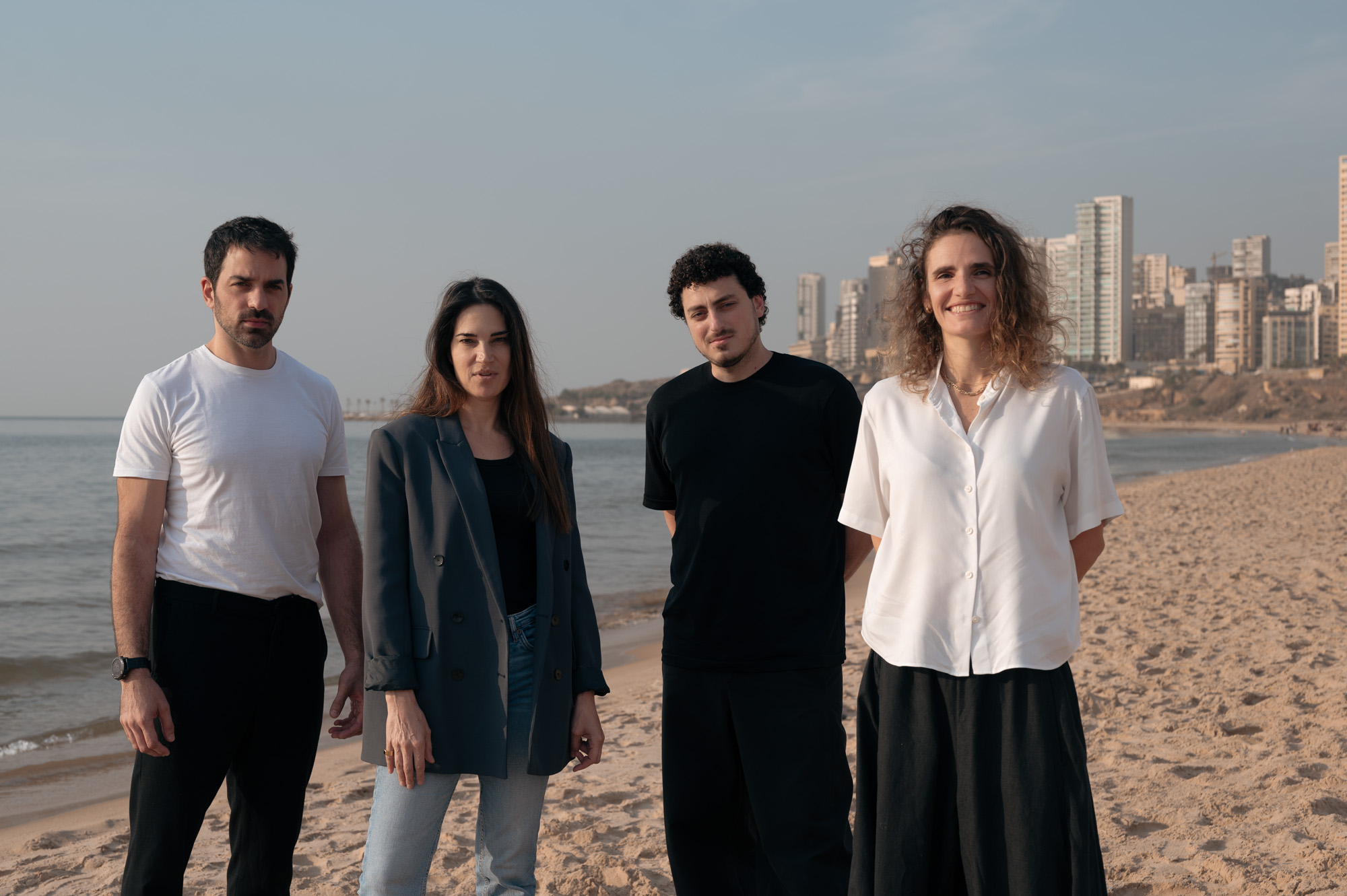 How Beirut's emerging designers tell a story of resilience in creativity
How Beirut's emerging designers tell a story of resilience in creativityThe second in our Design Cities series, Beirut is a model of resourcefulness and adaptability: we look at how the layered history of the city is reflected in its designers' output
-
 A day in Ahmedabad – tour the Indian city’s captivating architecture
A day in Ahmedabad – tour the Indian city’s captivating architectureIndia’s Ahmedabad has a thriving architecture scene and a rich legacy; architect, writer and photographer Nipun Prabhakar shares his tips for the perfect tour
-
 You can now stay in one of Geoffrey Bawa’s most iconic urban designs
You can now stay in one of Geoffrey Bawa’s most iconic urban designsOnly true Bawa fans know about this intimate building, and it’s just opened as Colombo’s latest boutique hotel
-
 Nadia Lee Cohen distils a distant American memory into an unflinching new photo book
Nadia Lee Cohen distils a distant American memory into an unflinching new photo book‘Holy Ohio’ documents the British photographer and filmmaker’s personal journey as she reconnects with distant family and her earliest American memories
-
 Ed Ruscha’s foray into chocolate is sweet, smart and very American
Ed Ruscha’s foray into chocolate is sweet, smart and very AmericanArt and chocolate combine deliciously in ‘Made in California’, a project from the artist with andSons Chocolatiers
-
 Jamel Shabazz’s photographs are a love letter to Prospect Park
Jamel Shabazz’s photographs are a love letter to Prospect ParkIn a new book, ‘Prospect Park: Photographs of a Brooklyn Oasis, 1980 to 2025’, Jamel Shabazz discovers a warmer side of human nature
-
 The Hammer Museum in Los Angeles launches the seventh iteration of its highly anticipated artist biennial
The Hammer Museum in Los Angeles launches the seventh iteration of its highly anticipated artist biennialOne of the gallery's flagship exhibitions, Made in LA showcases the breadth and depth of the city's contemporary art scene
-
 Thomas Prior’s photography captures the uncanny fragility of American life
Thomas Prior’s photography captures the uncanny fragility of American lifeA new book unites two decades of the photographer’s piercing, uneasy work
-
 Central Park’s revitalised Delacorte Theater gears up for a new future
Central Park’s revitalised Delacorte Theater gears up for a new futureEnnead Architects helmed an ambitious renovation process that has given the New York City cultural landmark a vibrant and more accessible future
-
 Stephen Prina borrows from pop, classical and modern music: now MoMA pays tribute to his performance work
Stephen Prina borrows from pop, classical and modern music: now MoMA pays tribute to his performance work‘Stephen Prina: A Lick and a Promise’ recalls the artist, musician, and composer’s performances, and is presented throughout MoMA. Prina tells us more
-
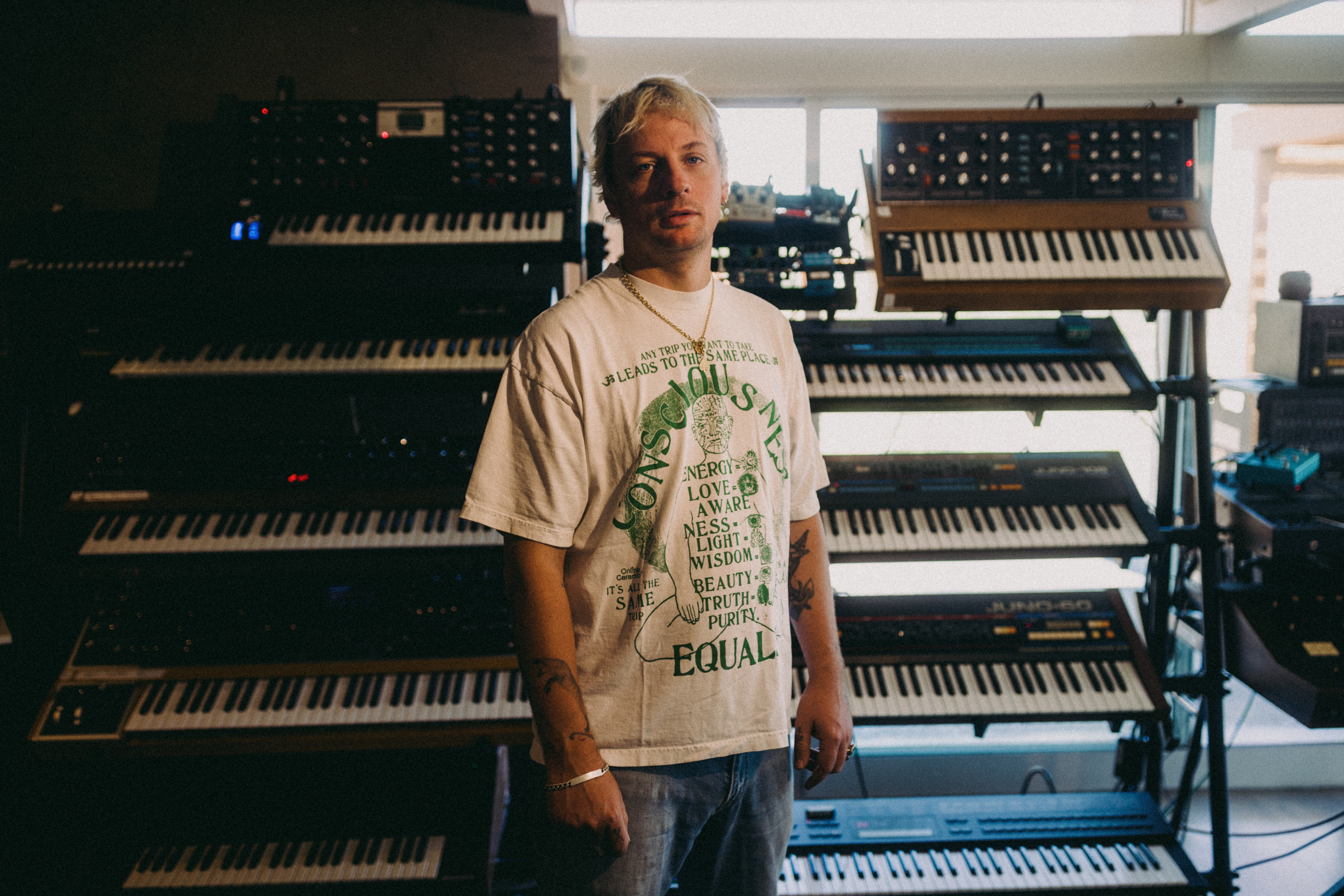 Curtains up, Kid Harpoon rethinks the sound of Broadway production ‘Art’
Curtains up, Kid Harpoon rethinks the sound of Broadway production ‘Art’He’s crafted hits with Harry Styles and Miley Cyrus; now songwriter and producer Kid Harpoon (aka Tom Hull) tells us about composing the music for the new, all-star Broadway revival of Yasmina Reza’s play ‘Art’